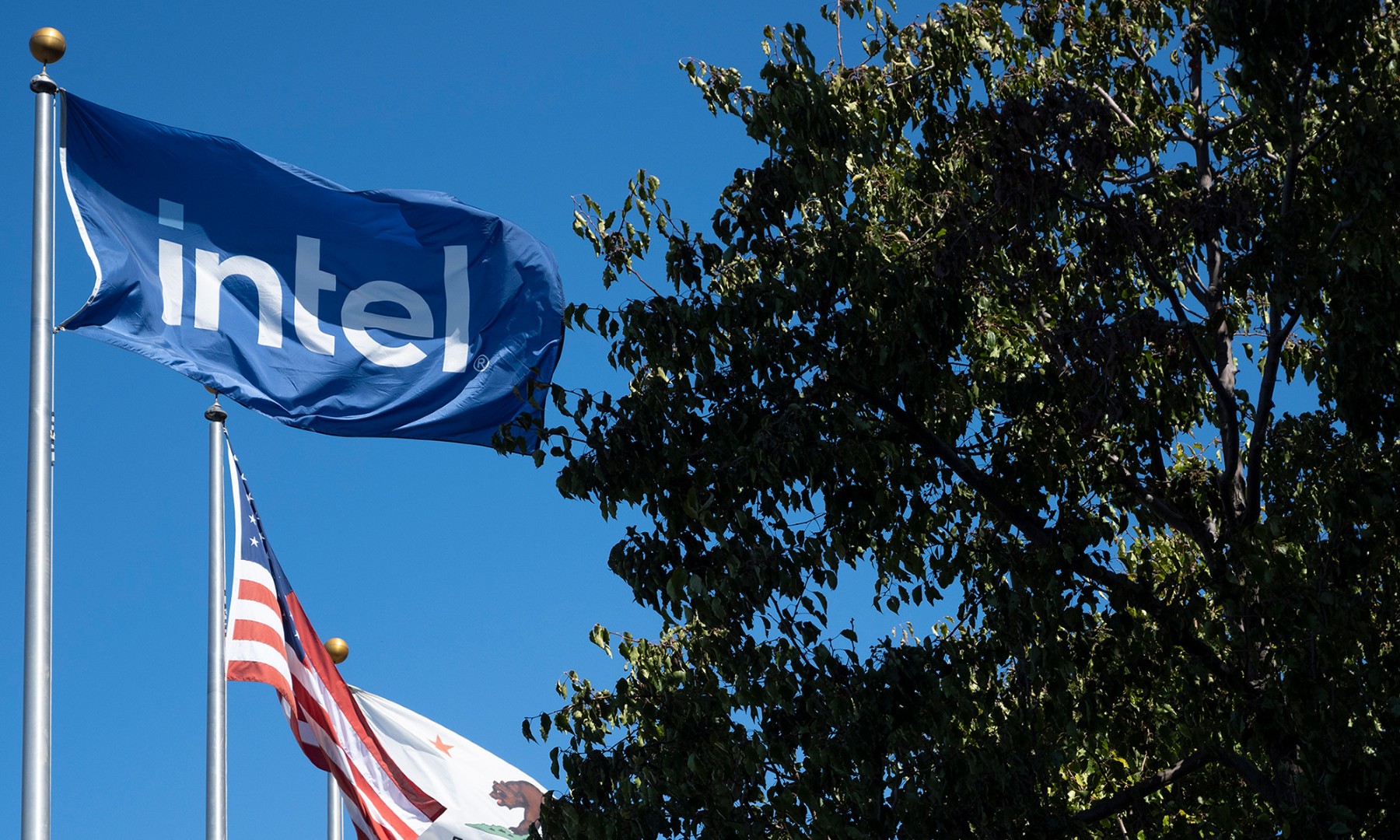There's no beating around the bush here: Intel (INTC 3.46%) is the most advanced semiconductor manufacturer on the planet. The company believes its leading-edge capacity is its single greatest asset it can leverage against the competition. In the coming years, process nodes and transistors will continue shrinking, and investors are hoping that Intel's cutting-edge technology will let it gain considerable traction against ARM Holdings (ARMH +0.00%) designs. If successful, Intel has tremendous opportunities in both smartphones and tablets, which could translate to billions in new revenue streams for the company. However, the profitability of these endeavors remain unclear since Intel will have to compete more on price than its accustomed to in PC computing.
But you know what's really profitable? Being a foundry to other chip makers -- exactly how Taiwan Semiconductor (TSM 3.45%) makes a living.
|
Taiwan Semiconductor |
Intel | |
|---|---|---|
|
2012 Revenues |
$17.1 |
$53.3 |
|
P/E Ratio (TTM) |
17.2 |
11.8 |
|
Gross Profit Margin |
48% |
60% |
|
Net Profit Margin |
33% |
19% |
Source: S&P Capital IQ and Thomson Reuters via Charles Schwab. Dollars are in billions.
Although Intel earns a higher gross profit margin than TSMC, by the time it reaches the bottom line, Intel is about 42% less profitable than TSMC. Clearly, designing and manufacturing chips doesn't come cheap. As a result, the market has given TSMC a valuation more or less in line with the S&P 500 and has discounted Intel by about 35%. As investments, TSMC and Intel differ greatly in scope.
Since TSMC acts a foundry to manufacture other chip maker's designs, it's more of a "picks and axes" play, acting as a proxy for semiconductor demand in areas like mobile computing. Intel, on the other hand, remains highly entrenched in the seen-better-days PC market and does little to support other chip makers. Between profitability and these structural differences, it's no surprise that the market is more "comfortable" with TSMC as an investment.
But what if Intel leveraged its manufacturing advantage against TSMC by opening its foundries to all chip makers?
A change of heart
Intel does allow outsiders to utilize its leading-edge capacity, but only to companies that don't pose a direct threat to its core business of chip making. For the most part, the company wants to hoard its leading-edge technology for itself against the sea of ARM devices because it's banking on the fact that its manufacturing edge will carry the weight of its mobile computing ambitions.
However, this hasn't stopped the sell side from dreaming.
JP Morgan's Christopher Danely believes the foundry market is worth $38.4 billion a year and Intel could capture about 11% of that market. The catch is that Intel would have to land the highest of high-profile clients, Apple (AAPL 1.06%). Since Apple designs custom processors based on ARM designs, it's highly unrealistic that Intel would just give up the goods to Apple.
It might be more realistic to think that when Intel's cutting-edge 14-nanometer foundries begin pumping out Intel Atom cores next year, perhaps Apple would consider making the shift from ARM to Intel for its iDevices. However, Apple is notoriously known for its premium products, not necessarily leading-edge technology, unless it offers a huge leap in the user experience. The verdict is still out on that.
Living on the leading edge
Intel is at a bit of a crossroads in how it could move forward. If it were to open up its foundry to competitors, it could prove to be a valuable move for shareholders, assuming its stock fetches a similar valuation to TSMC's. However, offering up its leading-edge technology to competitors may not be in Intel's best interests since it could potentially disrupt its existing chip-making business. Ultimately, Intel has ambitions for its chips to be found in every computing device imaginable, regardless of form factor.
Intel's decision to remain a selective foundry indicates that its leading-edge technology is in fact its greatest asset. The question remains if this asset will bear any real fruit in the coming years.






